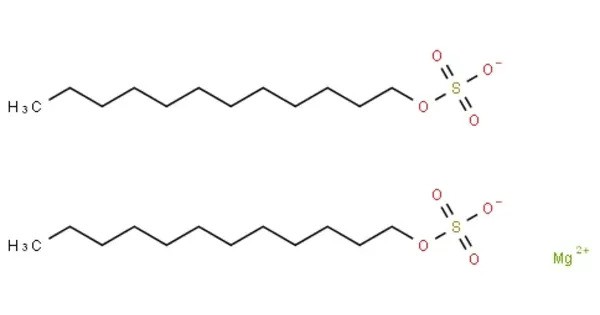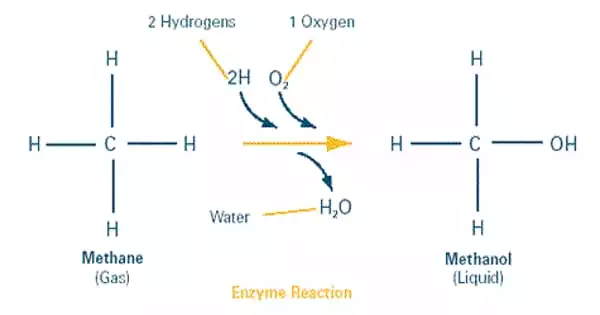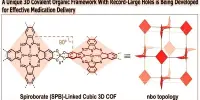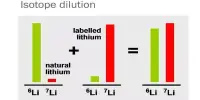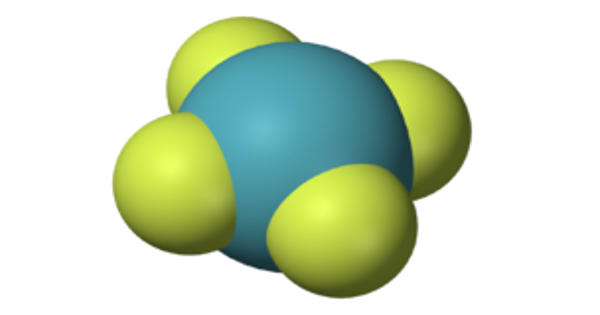Magnesium laureth sulfate is the magnesium salt of laureth sulfate (2-dodecoxyethylsulfate), which is in turn the ester of laureth (2-dodecoxylethanol) and sulfuric acid. It is a magnesium salt of laureth sulfate, where “laureth” refers to lauryl ether sulfate, a type of ethoxylated alcohol sulfate. It acts as a detergent and foaming agent.It is used mainly in the chemical industry for the preparation of specialized shampoos for people of delicate skin. It works even in hard water. It is a surfactant commonly used in personal care and cleaning products.
Properties
- Chemical formula: (C12H26SO4(C2H4O)n)2Mg
- Molar mass: 819.3994 g/mol
- Appearance: Usually a viscous, clear to slightly cloudy liquid or paste depending on formulation.
- Solubility: Soluble in water, forms micelles, and acts as a detergent.
- Foaming Ability: Produces rich foam, but often considered milder than sodium laureth sulfate.
- Cleansing: Excellent cleansing properties, removes oils and dirt effectively.
- Irritation Potential: Generally less irritating to skin and eyes compared to sodium salts, making it suitable for sensitive skin formulations.
- Stability: Stable over a wide pH range, compatible with many cosmetic ingredients.
Occurrences
Cosmetics and Personal Care: Found in shampoos, body washes, facial cleansers, and bubble baths as a foaming and cleansing agent.
Household Cleaning Products: Used in liquid soaps and detergents.
Formulation Benefit: Preferred in “gentle” or “sensitive skin” products due to lower irritation potential.
Natural or Mild Product Lines: Sometimes used as an alternative to sodium laureth sulfate in “natural” or mild product formulations.
Use
- It helps to clean skin and hair by emulsifying oils and dirt.
- Provides good foam and texture to personal care formulations.
- May be chosen over other sulfates because it is sometimes perceived as less harsh or drying.
Safety and Considerations
- Like other sulfates, it can cause irritation in very sensitive individuals or if used in high concentrations.
- It’s usually regarded as safe in cosmetic formulations within recommended concentrations.
- It’s biodegradable and generally environmentally friendly compared to some other surfactants.
